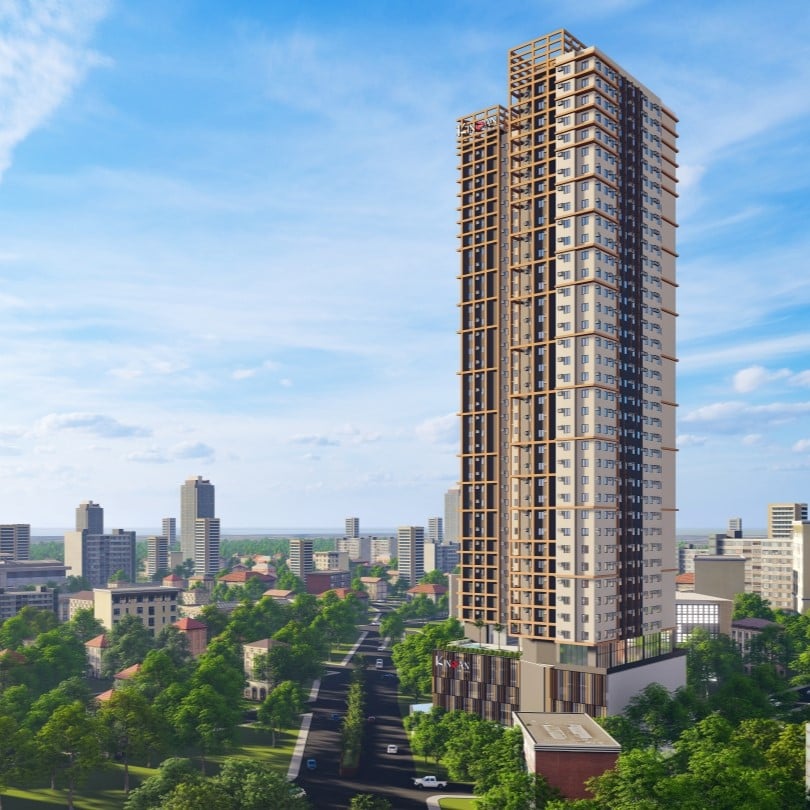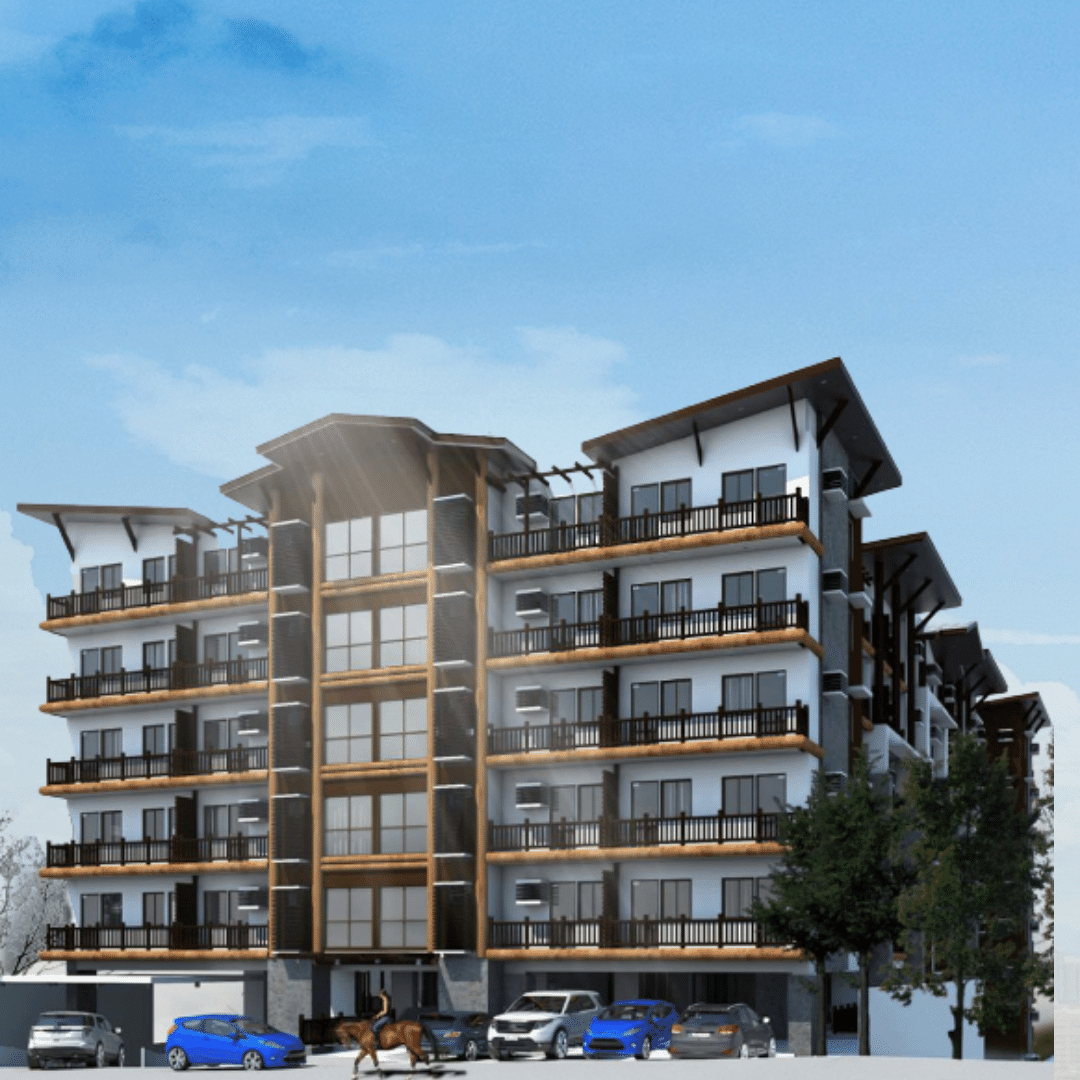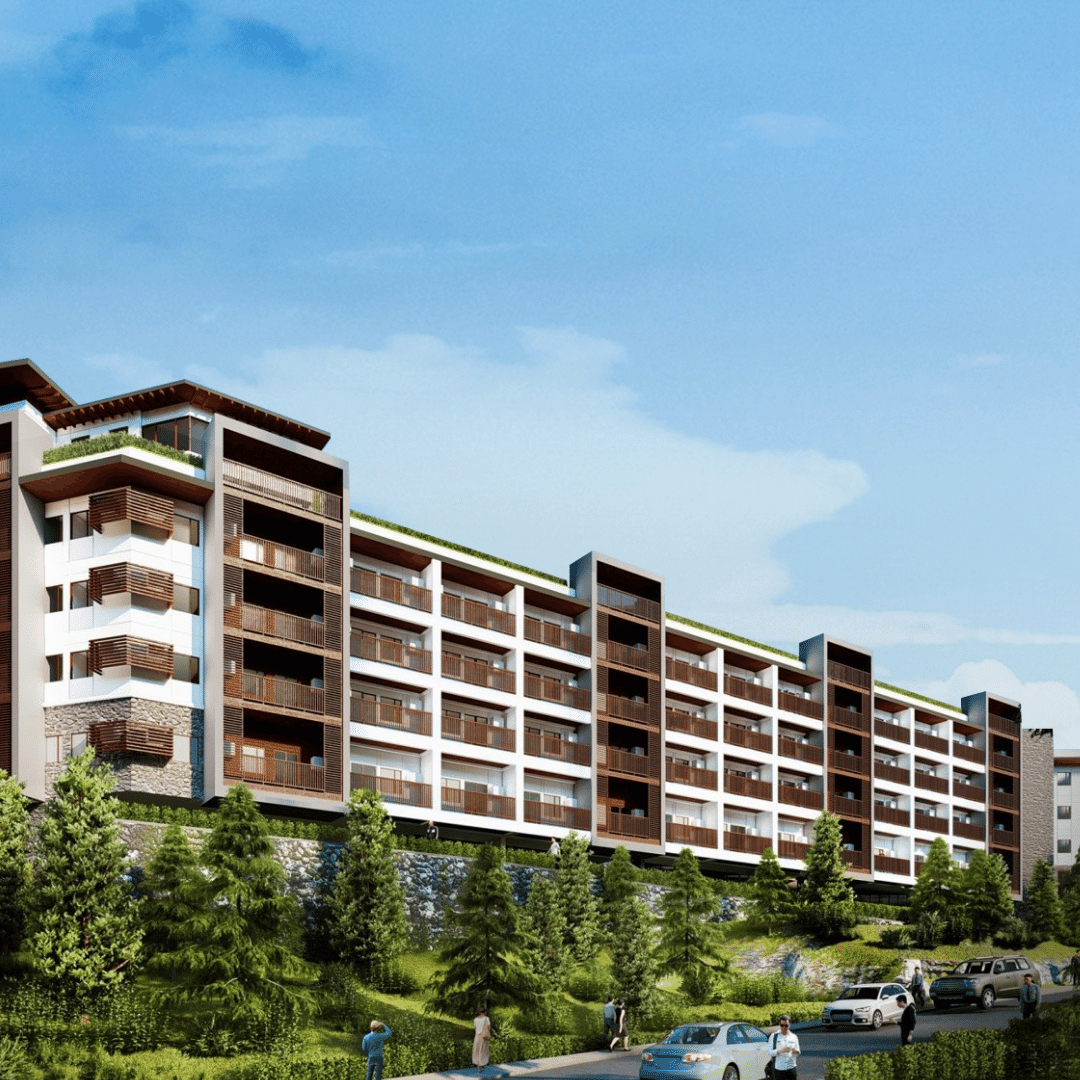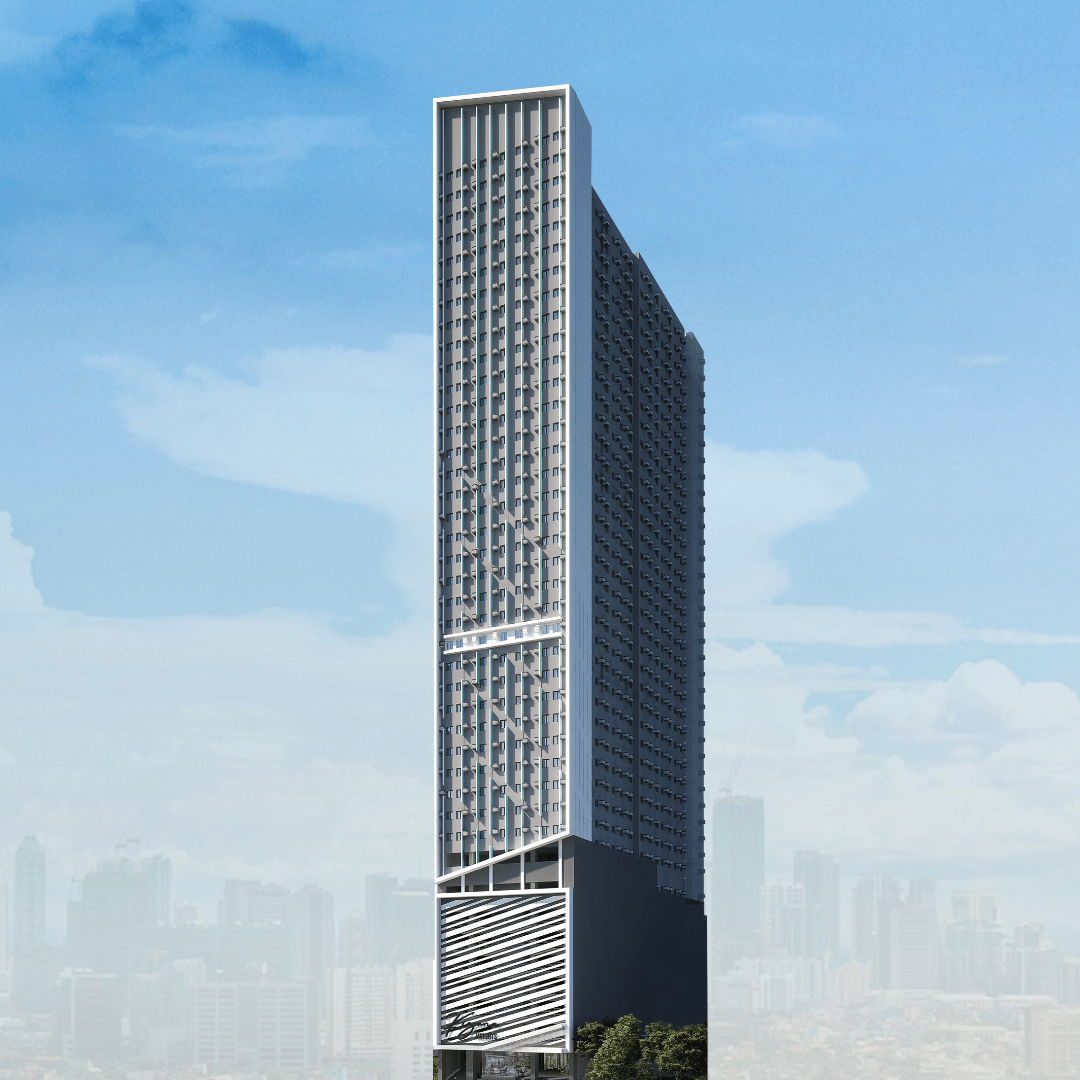The Metro Manila real estate continues to evolve as both local and international investors recognize its unmatched potential. The combination of moderating interest rates, strong remittance inflows, and strategic infrastructure projects positions real estate investment in Metro Manila as one of the most resilient and rewarding ventures in Southeast Asia.
Over the past decade, the National Capital Region property market comprising mixed-use developments and residential communities has matured into a complex ecosystem of business hubs, transportation networks, and university clusters catering to professionals, long term residents, and students seeking convenience and accessibility.
The macro that matters: Rates, remittances, and the peso
The biggest tailwind for real estate investment in 2025 is the Bangko Sentral ng Pilipinas’ decision to lower its policy rate to 4.75 percent. This shift reduces borrowing costs and creates an accessible option for both first time investors and seasoned homebuyers diversifying their assets in a region known for high residential demand.
Rising demand from Overseas Filipinos’ families and the continued inflow of remittances bolster rental income and strengthen property values. As investors convert foreign earnings to pesos, they find that the relative stability of the currency enhances their purchasing capital and appreciation potential.
For most people, these macroeconomic trends make real estate investment in Metro Manila particularly attractive especially for those targeting long term growth in properties close to business districts and schools.
Where the market stands: Vacancies, rental yields, and recovery
Following the pandemic, condominium and house-and-lot properties across Metro Manila faced rising occupancy rates and fluctuating property prices due to oversupply. However, analysts expect the market to rebalance by late 2025, with higher pressures easing as new completions slow. Rental yields are stabilizing between five (5) to six (6) percent, supported by growing demand for well-managed properties near business districts, public transportation, and government offices.
For real estate investors, this equilibrium represents an investment opportunity to secure assets while prices remain competitive. The diversity of property type, from compact condominiums in Quezon City to luxury properties in central business districts like Makati and Bonifacio Global City, offers flexibility for different budgets and investment goals.
Infrastructure as a catalyst: Rail and road networks
Strategic infrastructure upgrades are redefining locations and boosting growth potential across Metro Manila. The LRT-1 Cavite Extension, MRT-7, and the Metro Manila Subway are expected to connect emerging corridors with business districts and lifestyle hubs, raising both rental income and property appreciation over time. These projects create excellent connectivity that benefits homebuyers, investors, residents, and tenants.
Road networks and new expressways have shortened travel between business centers and emerging locations, making formerly peripheral cities like Caloocan, Valenzuela, and Quezon City premium investment opportunities. Strategic location advantages improve access to modern amenities, office buildings, schools, and restaurants, boosting rental demand from professionals and students seeking shorter commutes and safer communities.
Ongoing renewal efforts in Manila Bay are transforming historic districts into mixed use developments featuring condominium and house-and-lot properties, with business, retail, and leisure components. These revitalized developments are attracting professionals working in nearby business districts and government offices, further supporting high rental yields.
Submarket snapshots: Real estate investment in Metro Manila
Manila Bay
Despite previous oversupply, Manila Bay is regaining momentum through tourism, logistics, and urban renewal efforts. Developers are reconfiguring mixed use developments that cater to residents, students, and visitors drawn by waterfront living, educational institutions, and entertainment hubs.
Anchored by nearby universities such as De La Salle University and the University of the Philippines Manila, the district has evolved into a learning and lifestyle enclave that supports steady rental demand from students, faculty members, and professionals seeking convenience close to their campuses.
This location south of Metro Manila offers a suburban lifestyle with modern amenities, excellent connectivity, and access to major business centers, ideal for families who value both security and space.
he proximity reinforces its appeal for both long term residents and real estate investors aiming to capture high rental yields and long-term property appreciation in one of the most dynamic waterfront corridors in the city.
Makati and Bonifacio Global City
These central business districts remain at the heart of real estate investment in the Philippines. Their concentration of multinational companies, residential towers, and modern amenities guarantees rental income and property appreciation. Investors favor these locations for their convenience, walkability, and security, although entry costs are high.
Ortigas Center and Quezon City
Ortigas Center and Quezon City stand as rising stars of Metro Manila real estate. With its proximity to schools, hospitals, and public transportation links such as MRT-7, the area is quickly becoming a magnet for professionals and families.
The balanced mix of residential areas and business districts in the city also ensures a steady stream of tenants across short term and long term leases. Rental properties here offer competitive rental yields and promising property appreciation, making it ideal for first time investors entering real estate.
Strategy playbook: Unlocking returns
Capitalize on low interest rates
As BSP continues to reduce rates, real estate investment in Metro Manila becomes more accessible. Developers are offering flexible payment terms that enable homebuyers and investors to start investing even with limited upfront capital.
Maximize rental performance
Focus on properties with strong rental demand near business districts, transportation networks, and university clusters. Compact condominiums typically yield better rental income due to lower maintenance and high turnover from tenants such as students and professionals.
Diversify property type
Spread risk across residential and commercial properties—including office buildings in business centers and mixed use developments—to stabilize rental income and capture capital growth from multiple sectors of real estate.
Monitor infrastructure projects
Prioritize locations benefiting from infrastructure upgrades and road networks that enhance accessibility. Investors who purchase early in these emerging areas often realize superior property appreciation as transit systems come online.
Choose strategic location
Evaluate proximity to business districts, lifestyle hubs, and government offices. Properties in well-planned locations not only achieve high rental yields but also enjoy stronger resale market performance.
Prioritize management and verification
Successful real estate investment hinges on proper verification of developer credibility, title authenticity, and building management. A professionally managed property type with reliable facilities ensures higher occupancy rates and protects long-term assets.
Financial modeling and capital planning
Investors should base decisions on realistic assumptions about property prices, rental yields, and income growth. While the real estate market offers abundant investment opportunities, understanding the balance between short term cash flow and long term appreciation is key. This modeling allows investors to evaluate whether properties are priced correctly and to anticipate when higher price adjustments might occur in prime locations.
Capital efficiency. Calculate net yields after deducting taxes, dues, and maintenance.
Debt leverage. Use lower-cost loans aligned with reduced BSP rates to magnify investment returns.
Vacancy allowance. Budget for possible voids and incentives to sustain rental income in competitive business districts.
Legal framework and accessibility for investors
Foreign participation in real estate investment is permitted in condominiums, provided the foreign ownership does not exceed 40 percent. This setup enables investors from overseas to join the property market while supporting urban renewal efforts in key locations.
Local homebuyers and first time investors likewise benefit from simplified processes and digital verification systems ensuring security and transparency.
The supportive stance of the government on infrastructure projects and road networks continues to create more investment opportunities in emerging areas where growth potential mirrors the trajectory of the capital.
Due diligence for sustainable investment
Before investing, conduct a five-layer due diligence process.
Developer reputation. Review track records in delivering properties with modern amenities and quality construction.
Legal and title verification. Confirm titles to avoid disputes.
Market assessment. Evaluate rental demand and yields.
Asset management. Assess property upkeep and security services that maintain value.
Exit strategy. Consider liquidity, especially in mixed use developments that appeal to a broad homebuyer and investor base.
Sound due diligence protects both first time buyers and seasoned real estate investors from unforeseen risks while maximizing outcomes.
What to buy now: diversified strategies
Luxury condominiums in business districts. Although carrying a higher price, they ensure prestige and stable tenants from expatriate and executive demographics.
Compact condos near university clusters and public transportation. Ideal for students and young professionals, these units deliver consistent rental income and offer strong appreciation due to urban convenience.
Townhouses and houses in emerging areas. These cater to long term residents and families seeking space, security, and a suburban feel while remaining close to modern amenities.
Each property type provides a unique blend of rental income, capital appreciation, and lifestyle alignment, allowing investors to diversify within real estate investment categories.
The future outlook
Looking ahead, real estate investment in Metro Manila remains a cornerstone of wealth creation. The ongoing urban renewal efforts, integration of infrastructure upgrades, and mixed use developments strengthens the position of the city as a regional business powerhouse.
With its dynamic business centers, thriving residential communities, and improving public transportation, Metro Manila offers unmatched investment opportunities for both first time investors and experienced real estate investors.
From Manila Bay to Quezon City, the market exhibits consistent rental demand, sustainable property appreciation, and the ability to deliver high rental yields.
For those seeking property diversification on other emerging areas, the capital remains the benchmark for Philippine real estate investment, a strategic location where growth potential, convenience, and connectivity converge.



